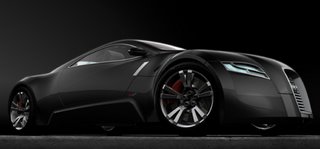Biodiesel Race Car Wins Historic Victory
The primary feedstock for the car’s fuel is jatropha curcas, a draught-resistant tree that produces an oil-rich nut. The use of jatropha over typical biodiesel source-crops is significant because of the plant’s ability to grow on marginal lands and demand little water. This is in contrast to the soy beans so often used for biodiesel in the U.S, and the canola often used in Europe—both of which can compete with food crops for arable land. D1 is developing not only the refining technology, but the cultivation sites as well, setting up farms in Asia, Africa, and the Middle East to grow jatropha. Big Oil, here we come!



